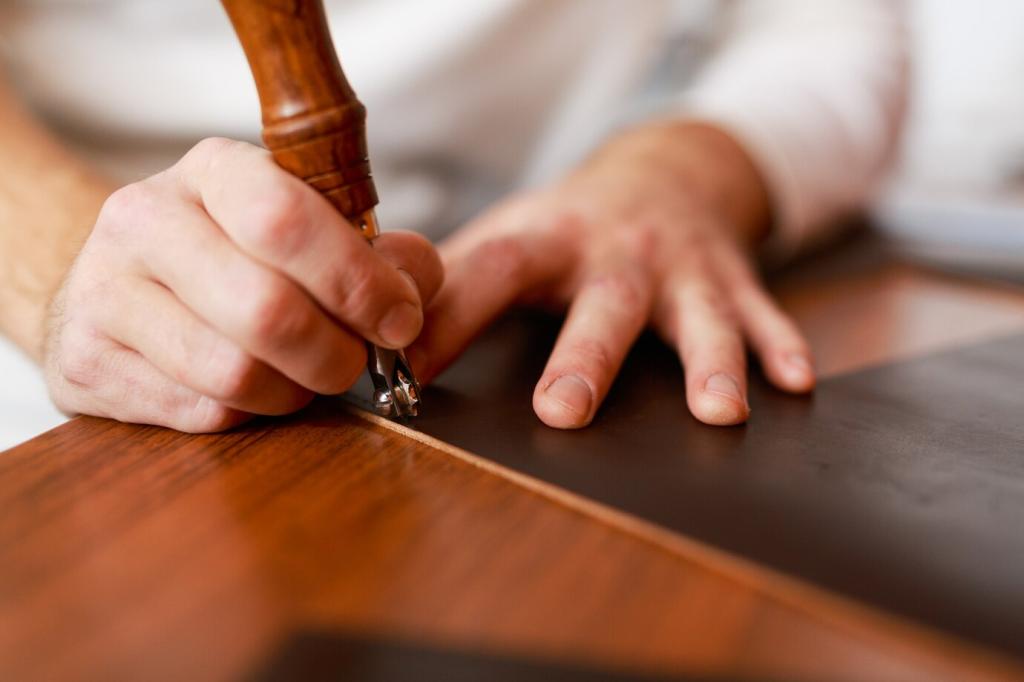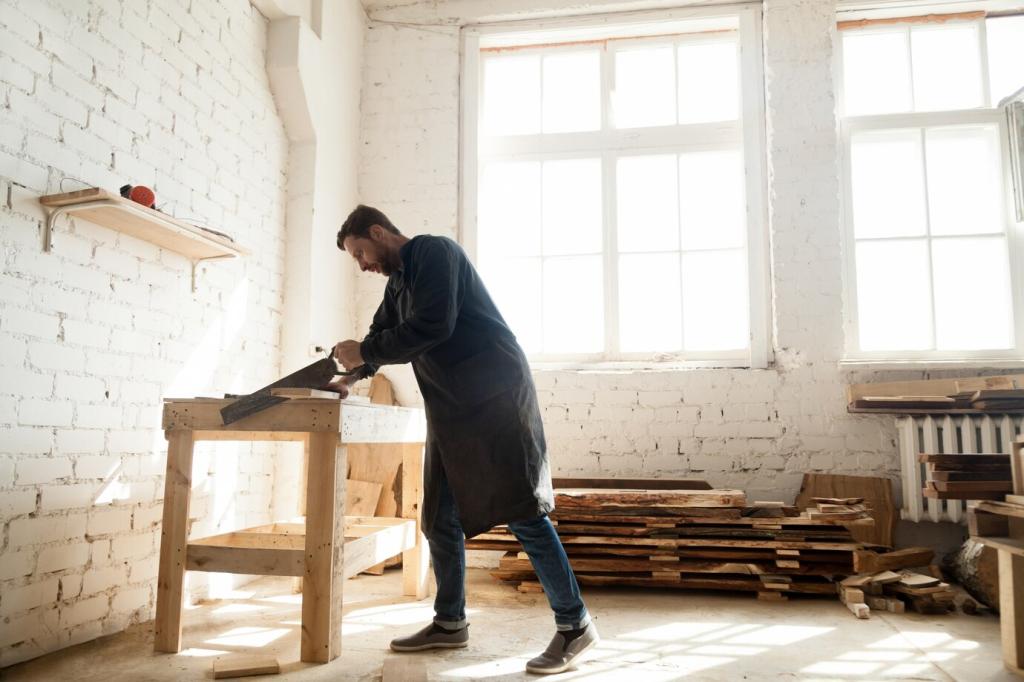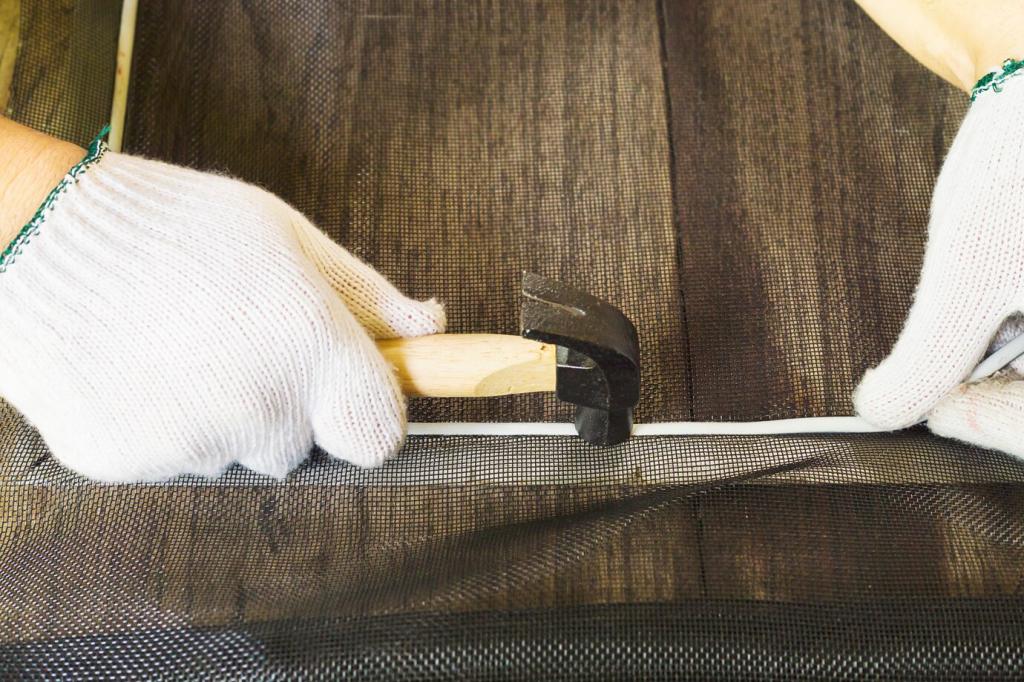Field Story: The Oak Table That Outsmarted Time
We scanned the top under UV to find silicone halos, then raised micro-whiskers with distilled water to catch stray dust. Got stubborn contamination? Ask below, and we will share our checklist.
Field Story: The Oak Table That Outsmarted Time
Using 1000-grit paper, we created a polishing slurry that filled pores while crosslinking, leaving a glassy surface with surprising depth. Want the step list? Comment, and we will send the sequence.



